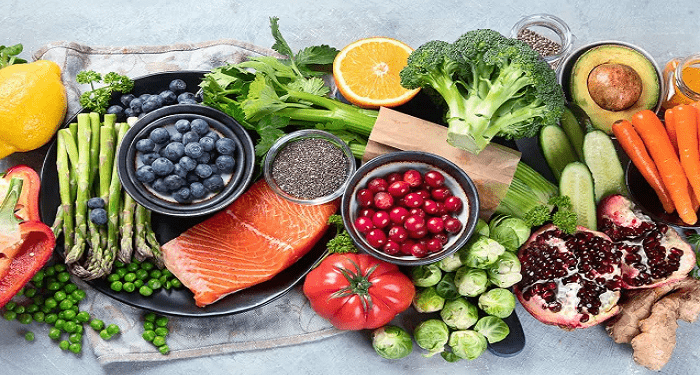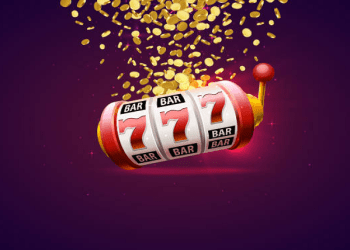Eating a variety of fruits, vegetables, whole grains, and beans can all help to lower cholesterol and blood pressure, and even lower your risk of heart disease. Foods with healthy fats, such as olive oil and fish, may also lower your risk. Dark chocolate, too, is heart healthy. In addition to vegetables and fruits, nuts and beans are also heart-healthy. Read on for more tips on incorporating more heart-healthy foods into your diet.
Walnuts contain monounsaturated fats and omega-3s and can lower cholesterol and protect heart arteries. You can also use walnut oil in recipes to replace saturated fat. For an easy snack, slivered almonds are a good choice. They go well with vegetables and fish. They also contain high amounts of fiber. Pureed blueberries are also an excellent addition to salads or smoothies. And, you can even add them to yogurt for a sweet treat.
For the best results, replace high-sodium meat with lower-calorie, unsaturated fats. Replace butter with olive oil or extra virgin olive oil. You can also substitute avocado for cheese. These are both delicious and lower-calorie alternatives to butter. And don’t forget about nuts and seeds! Fresh chicken or turkey is more heart-healthy than any kind of meat or butter. For an easy, healthy dinner, check out the Diabetes Food Hub for ideas on healthy and tasty dishes.
Oatmeal is another heart-healthy choice. It’s delicious, contains omega-3 fatty acids, and contains 4 grams of fiber per cup. And because it’s full of fiber, it can fight snack attacks and lower bad cholesterol. Oatmeal is also great for making oat bread and oatmeal cookies, as well as adding them to a meatloaf. Beans are another good source of omega-3 fatty acids.
Legumes include all types of beans, lentils, black-eyed peas, and chickpeas. They contain high-quality soluble fiber that lowers cholesterol and triglycerides. Several studies have demonstrated that eating less than one cup of legumes daily improves blood pressure. Various randomized controlled trials have shown that eating more legumes and whole grains reduces triglyceride levels and waist circumference in obese people.
Fish is also heart-healthy. Fish such as salmon and tuna contain omega-3 fatty acids. Although tuna doesn’t contain as much omega-3s as salmon, it still contains a significant amount. Tuna also contains half of your daily recommended amount of niacin, a B vitamin that may increase your chances of survival after a heart attack. Tuna salad is also an excellent option for lunch and is great on salads. You can even grill it for dinner.
Portion size is just as important as the type of food. Snacking can cause you to eat more calories than you need. Restaurant portions are generally too large. To control portion sizes, you can use small bowls and plates. You can also choose smaller portions of high-calorie, high-sodium foods. You can also opt to avoid high-calorie foods altogether and focus on the health benefits of eating smaller portions of healthy foods. For the best results, eat a healthy, balanced diet.











